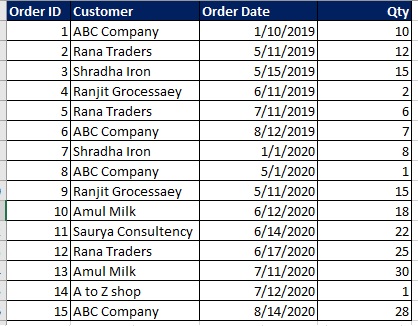Working with Python – Control Statement and Loops
Introduction
In this blog post, we are going to discuss about the control statement and loops in Python. We are trying to make all the blog straight to the point without any extra discussion as we are all developers and we have enough idea in programming concept. What we have to learn is the Syntax and usages only.
Hope it will be interesting.
Control Statement
Here in Python only one control statement exists and it is IF
condition.
IF Condition
Syntax:
if <
Cpntition > :
Steatement
else:
Statement
Remember the concept of Line alignment as there is no Begin or End statement there.
Example:
x=input("Enter Your Name:")
if x=="Joydeep":
print("Hi
Joydeep")
else:
print("Who are
you")
Enter Your Name:Joydeep
Hi Joydeep
We can use nested IF condition.
In Python there is no CASE like statement. By pro-grammatically we
can achieve that by using Dictionary mapping.
Alternate of CASE
def getval(ind):
dic={
1:"Joydeep",
2:"Mayuree",
3:"Sauryya"
}
return dic.get(ind,
"Not Found")
print(getval(2))
Mayuree
Looping in Python
In python, we have While
and For loop only. There is no Do…While Loop like other Programming
language.
For Loop
Syntax:
for
<variable> in xrange(<an integer expression >):
<statement-1 >
<statement-n >
Example:
lst=[1,2,3,4,5]
for n in lst:
x=n*5
print(x)
5
10
15
20
25
While Loop
Syntax:
while
<condition>:
<statements>
Example:
i=1
while i<=5:
print(i)
i=i+1
1
2
3
4
5
Hope you like it.



Scope of variable, like global, local is another concept that we all knows in other programing language. In python we have understand that. Mostly in my next post it is related to that.
ReplyDelete